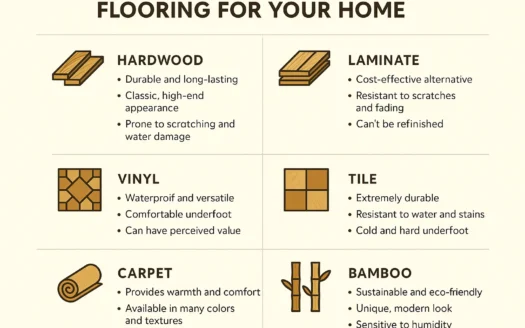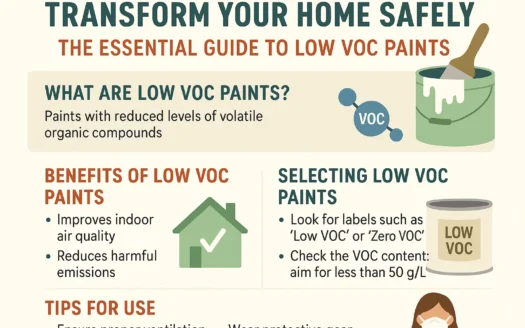Tile and Stone Flooring: A Transatlantic Design Perspective

Tile and Stone Flooring: A Transatlantic Design Perspective
Tile and stone flooring have traditionally been used very differently in the United States than how they are used in Europe. In American homes, these materials are often confined to high-traffic areas like mudrooms, bathrooms, and kitchens, prized for their durability and low maintenance. Across Europe, however, tile and stone have been integral to interior design for centuries, gracing every room of the home—from entryways to walls—and even adorning historic castles and cathedrals.
Europe’s Design Legacy
European designers have long mastered the art of blending functionality with artistry. Tile and stone are not merely practical choices; they serve as canvases for mosaics, intricate patterns, and architectural statements. Spain and Italy remain at the forefront of this legacy, hosting annual trade shows where cutting-edge tile technology and design trends debut. Recent advancements have made these innovations accessible worldwide, bridging the gap between European elegance and American practicality.
European Flooring Trends for Modern Homes
Colors and Patterns
Bold hues, metallic accents, and intricate murals are now achievable thanks to advances in ceramic tile manufacturing. Homeowners can experiment with vibrant designs or create custom mosaics without the premium cost.
Pseudo-Cement
Lightweight porcelain and ceramic tiles now mimic the industrial charm of concrete, offering a versatile alternative to heavy slabs. These tiles enable creative layouts, such as mixing styles or framing floors with contrasting colors.
Faux Stone
Porcelain tiles replicate natural stone’s dramatic veining and texture at a fraction of the cost. Ideal for floors, showers, or countertops, these tiles bring luxury to any space.
Wood-Look Tiles
Blending American inspiration with European flair, wood-look tiles now come in matte, glossy, and parquet finishes. Textured options add depth, while inlays evoke classic craftsmanship.
Popular Porcelain
“Porcelain’s popularity has been growing rapidly. Its durability and low water absorption make it ideal for kitchens, bathrooms, and even outdoor use. New styles are expanding its appeal to every room.” — Lake Interiors
Big, But Not Bold
Oversized tiles (up to 18×18 inches) create visual impact with neutral tones. Their size minimizes grout lines, mimicking seamless stone or marble surfaces.
New Subway Tiles
Reimagined in varying sizes and layouts, subway tiles now feature herringbone patterns, stepped designs, and mixed finishes for a modern twist.
Opulent Finishes
Ceramic and porcelain tiles emulate marble, glass, and natural stone, offering affordable luxury. Metallic effects and translucent finishes add sophistication.
Muted Colors
Soft pinks, blues, and sage greens provide subtle alternatives to traditional neutrals. Paired with complementary wall colors, they create serene, ethereal spaces.
Lunar Marble
Italian designers are transforming marble into celestial-inspired surfaces. Nebulous veining, metallic accents, and gem-like textures evoke the night sky. As noted by Lesley A. Goddin, editor of TileLetter: “Dark marbles and moody stone colors add drama and dynamism to modern interiors.”
Tile for Every Room and Budget
Today’s trends prove that luxury is no longer confined to natural stone. Innovations in porcelain and ceramic manufacturing deliver European elegance at accessible prices. Whether seeking bold patterns or understated neutrals, homeowners can now achieve high-end design without compromise. For those who once dismissed tile or stone as impractical, these advancements are a revelation—worth exploring for any renovation or redesign.




